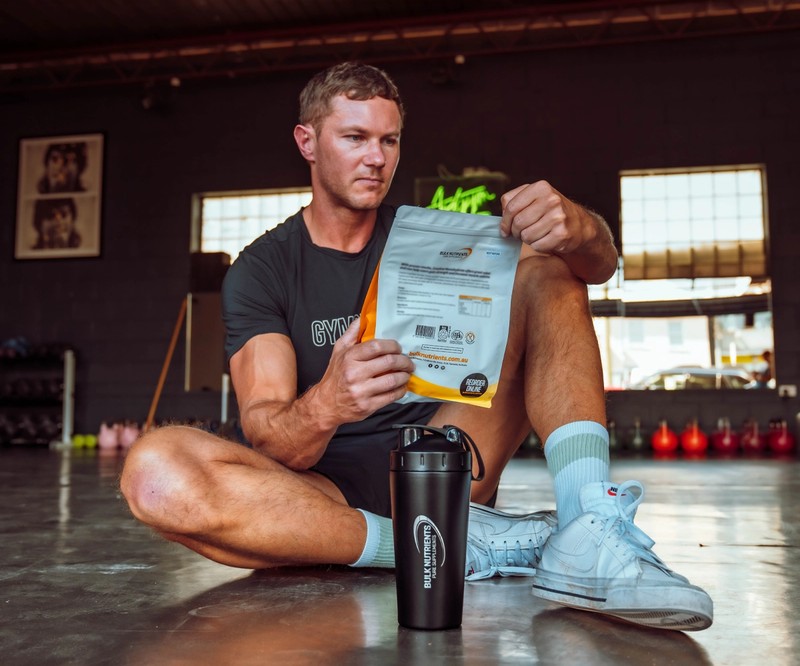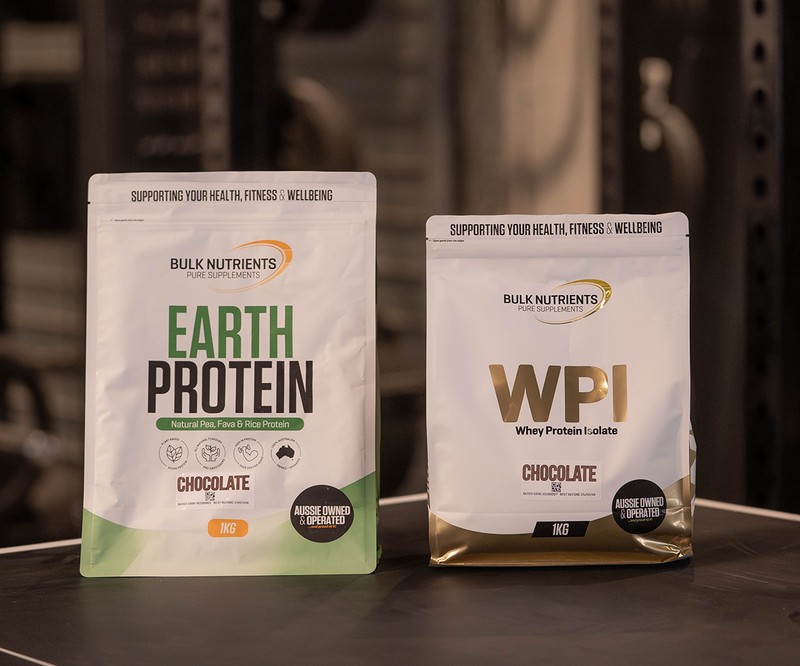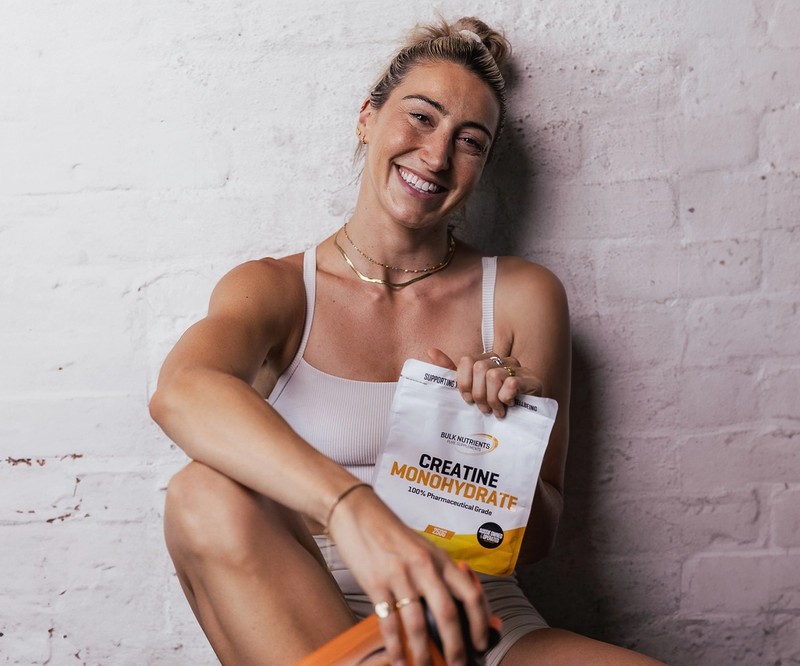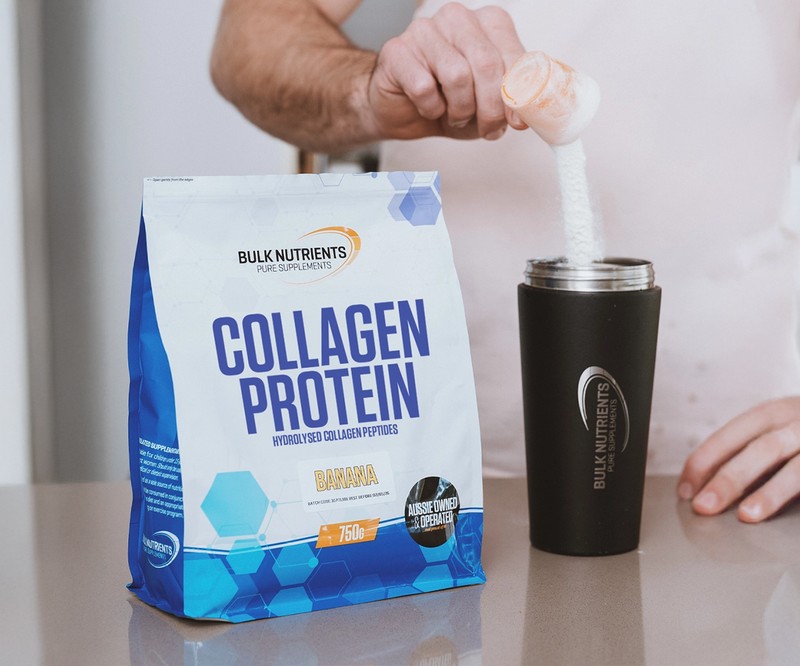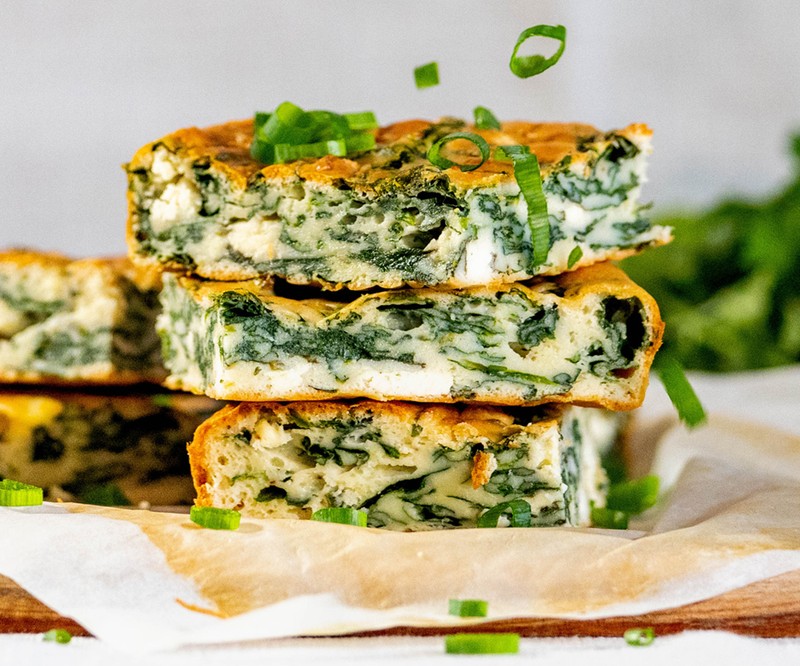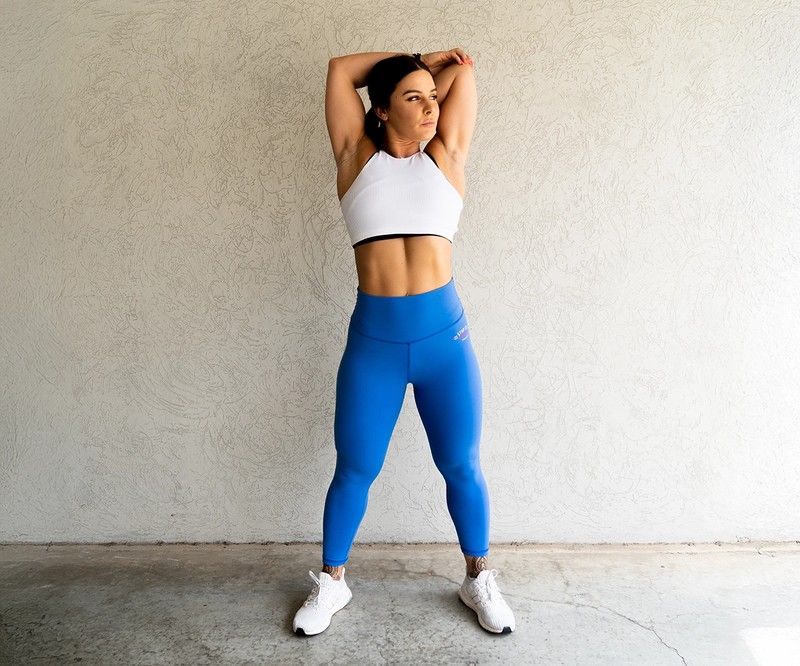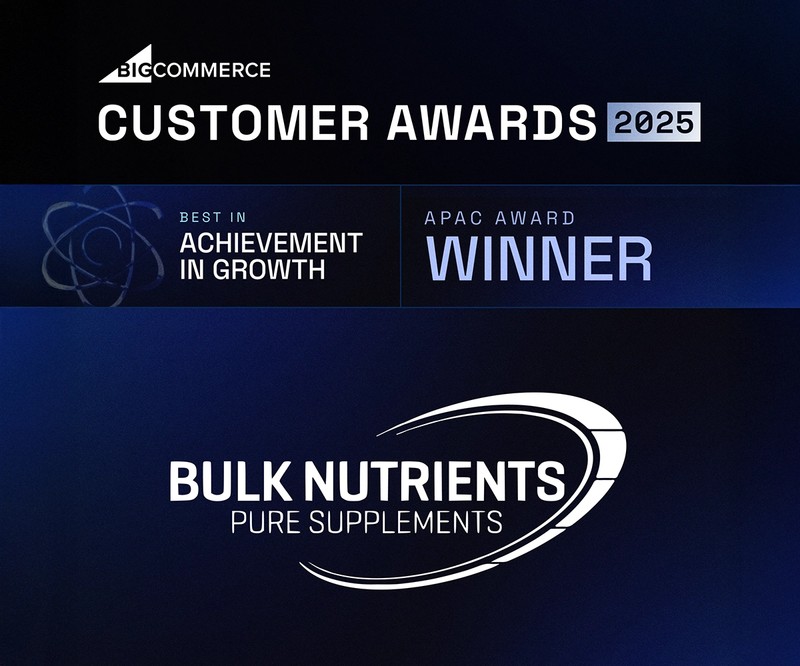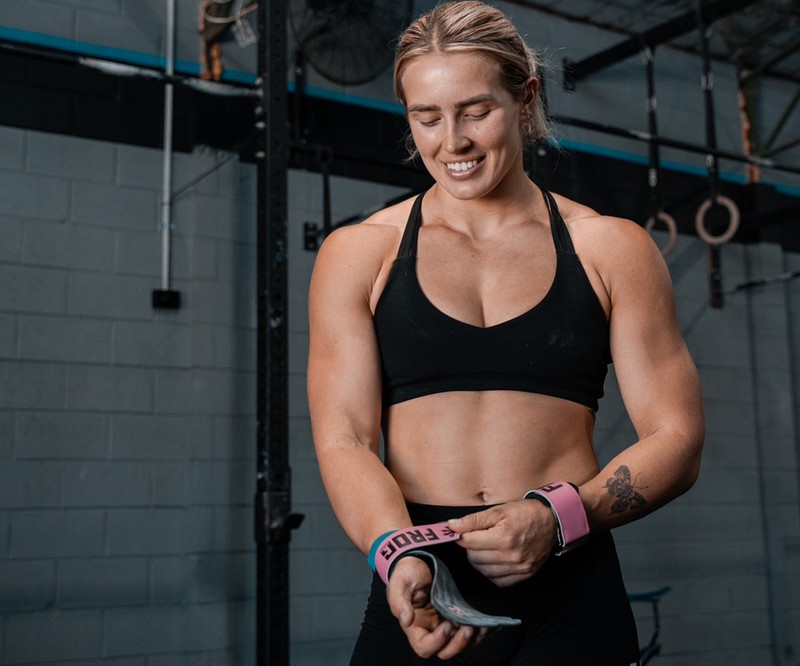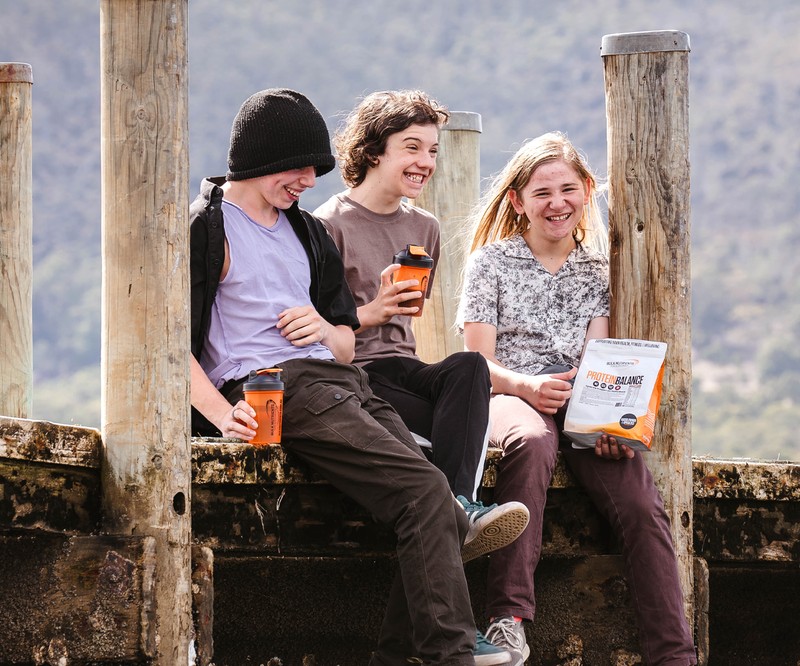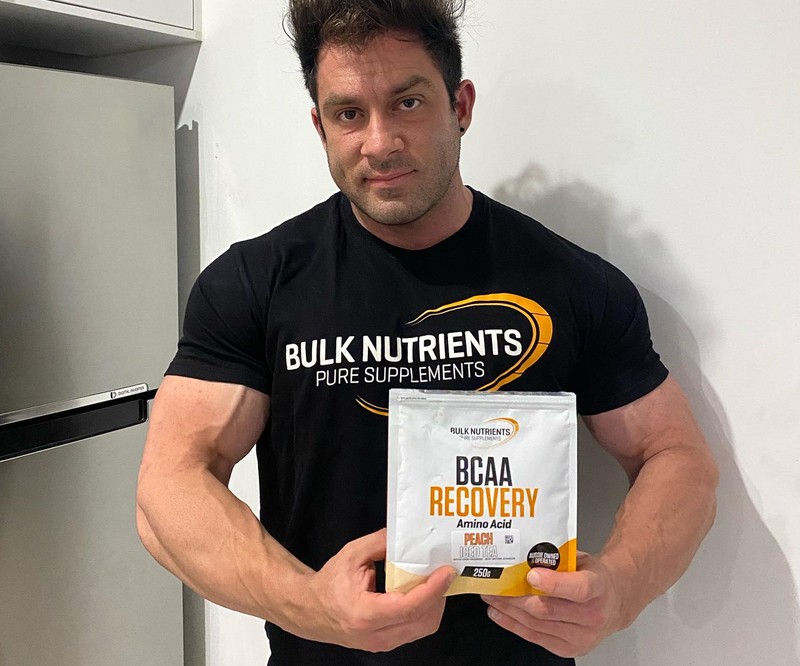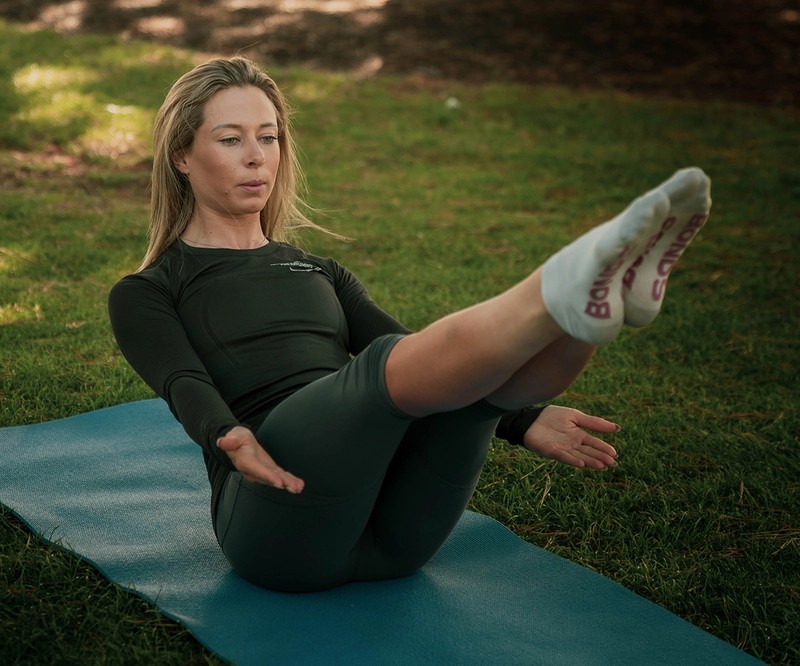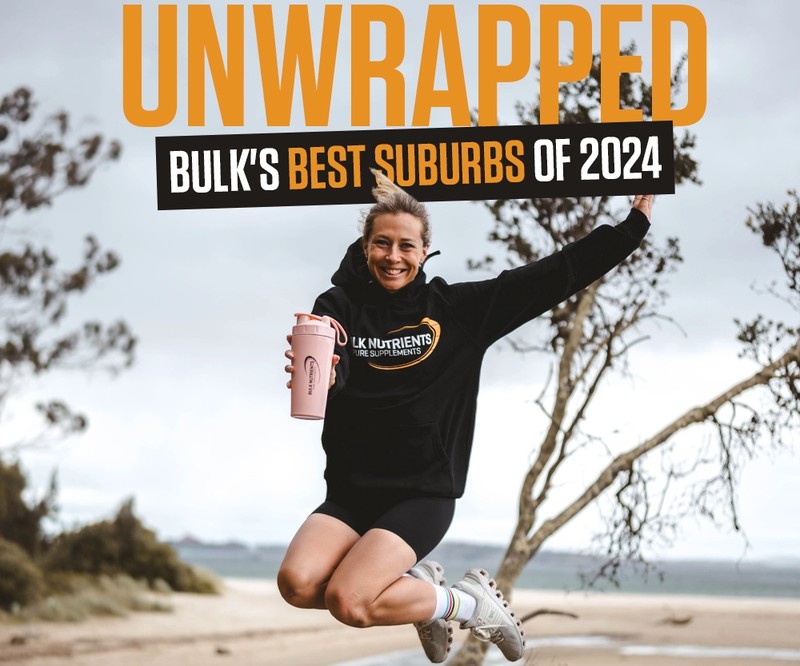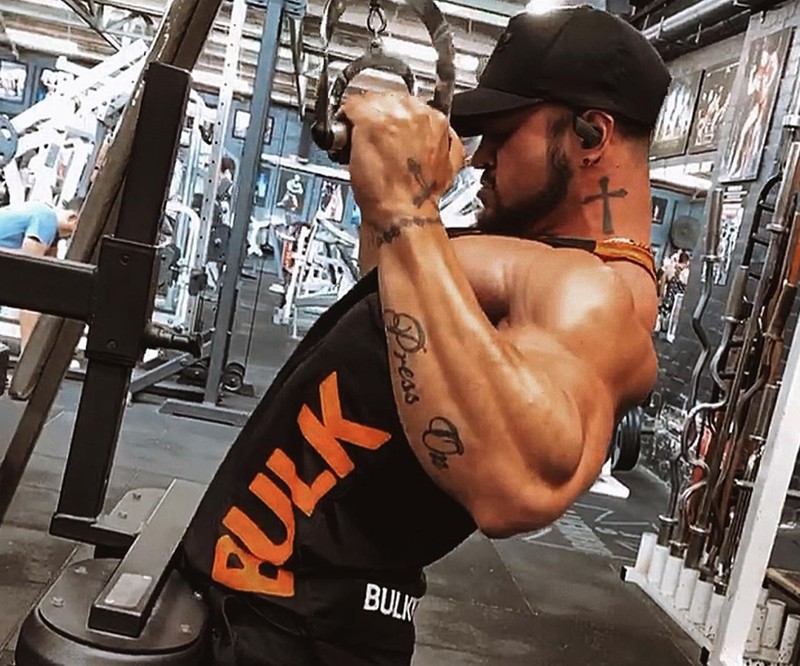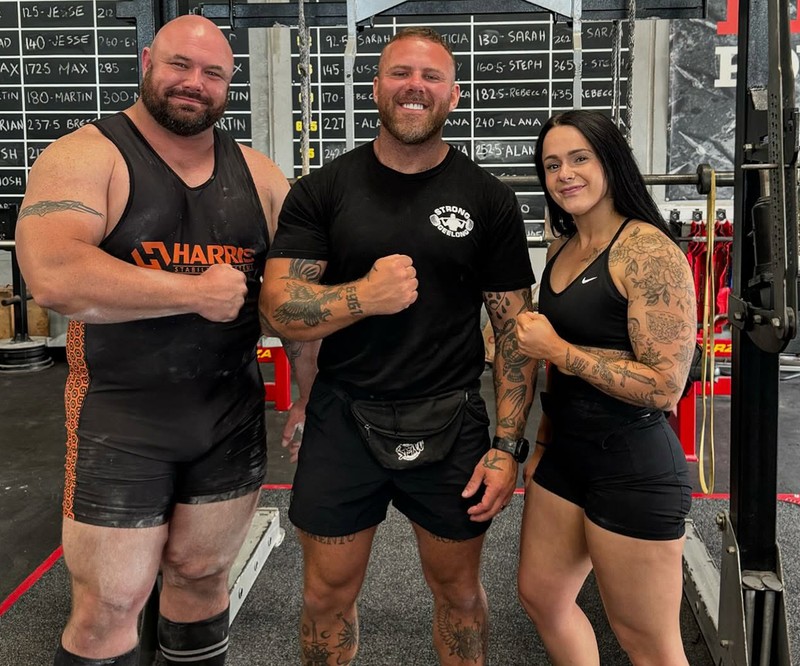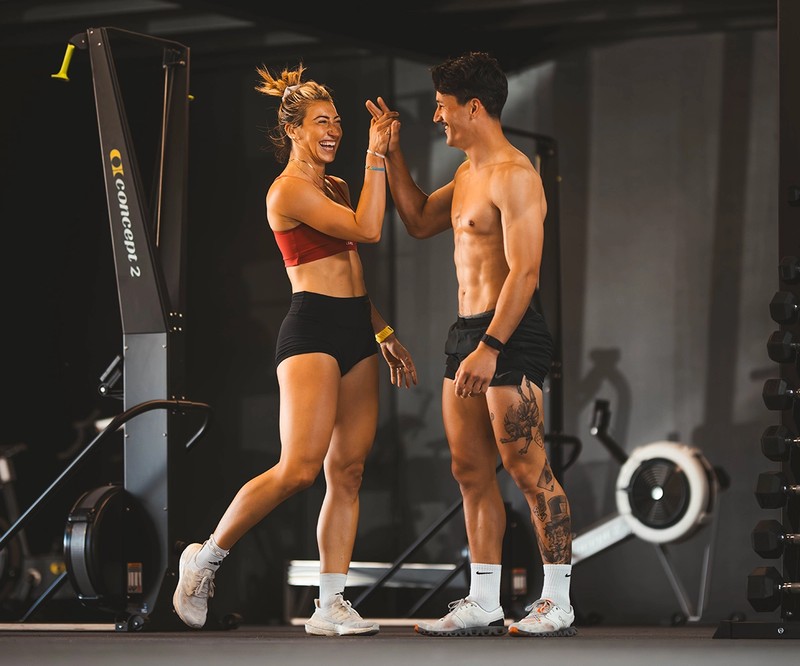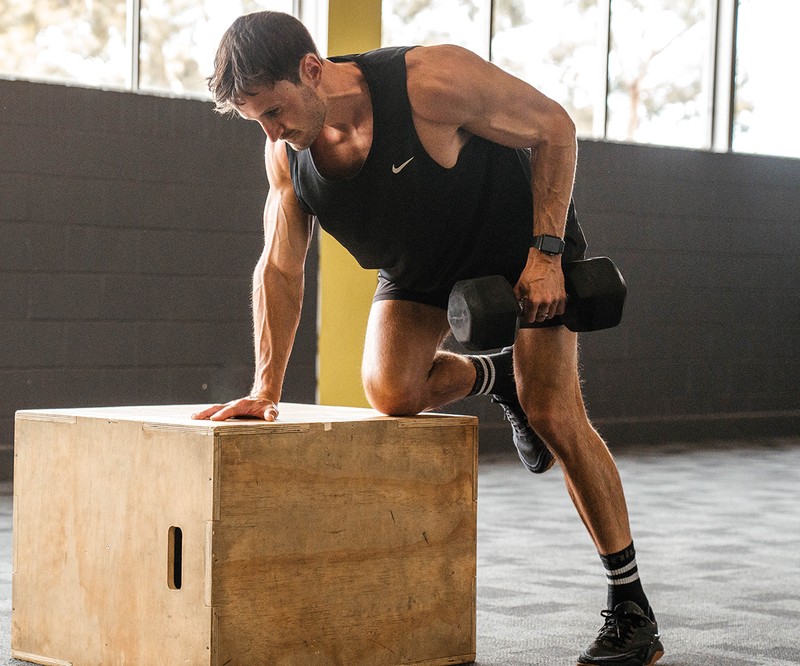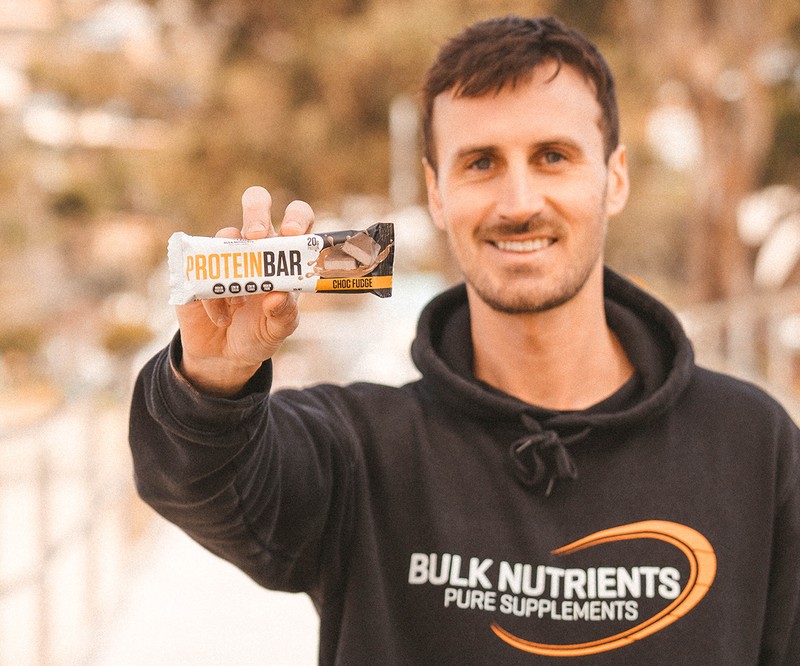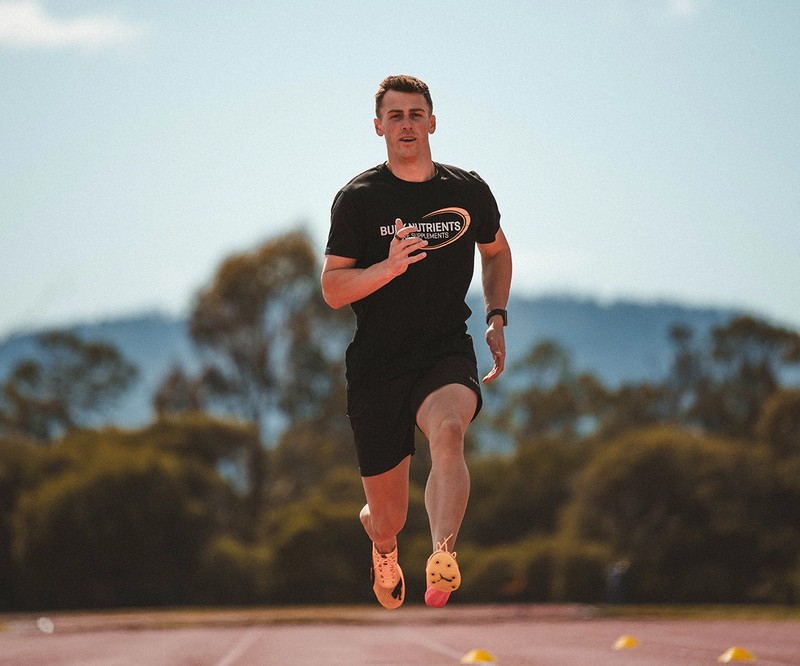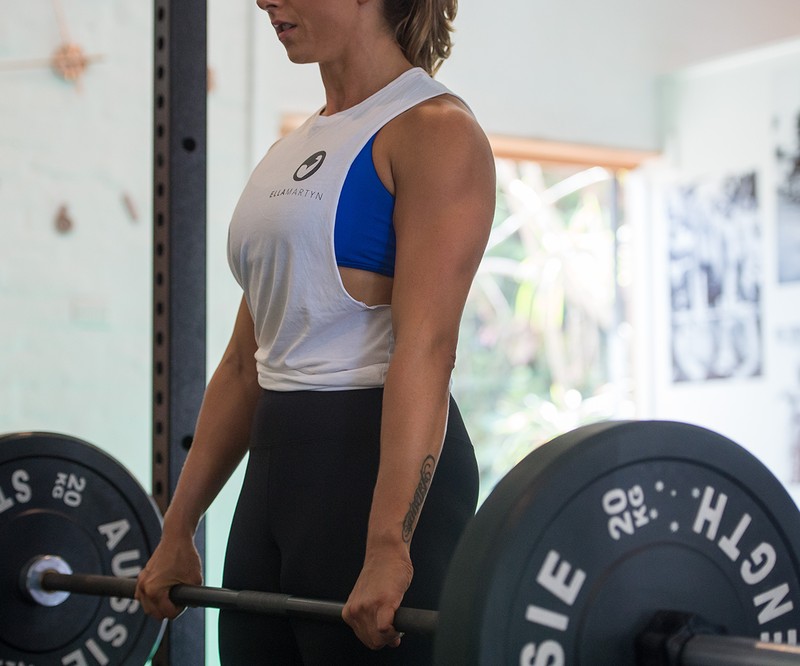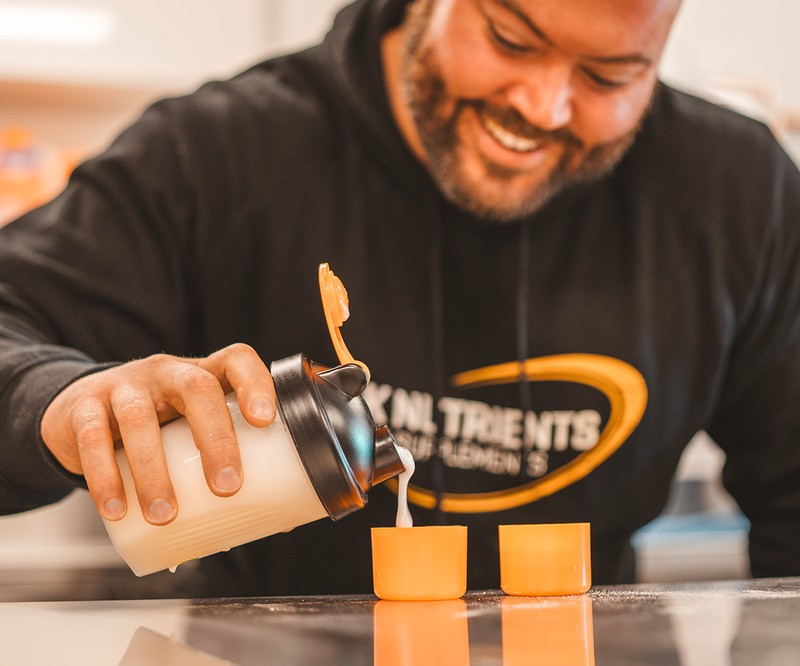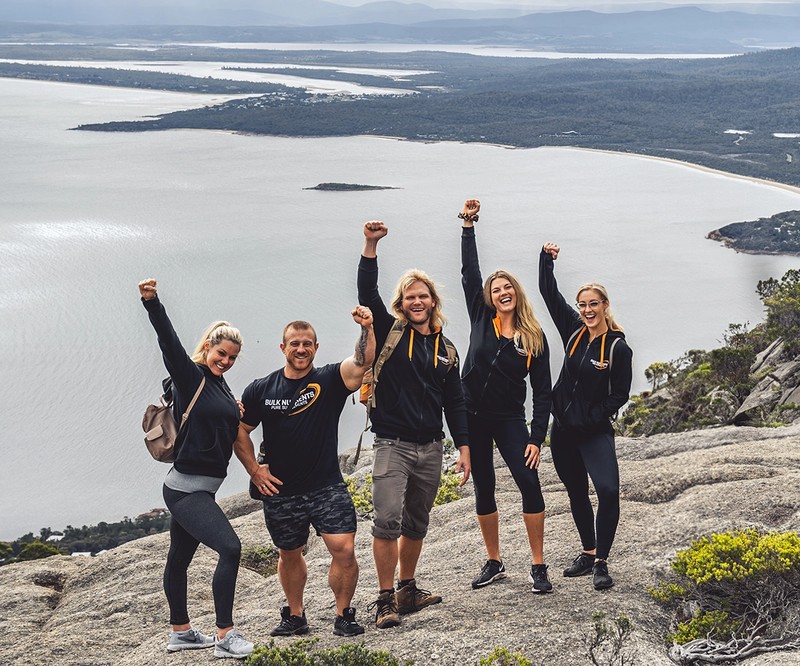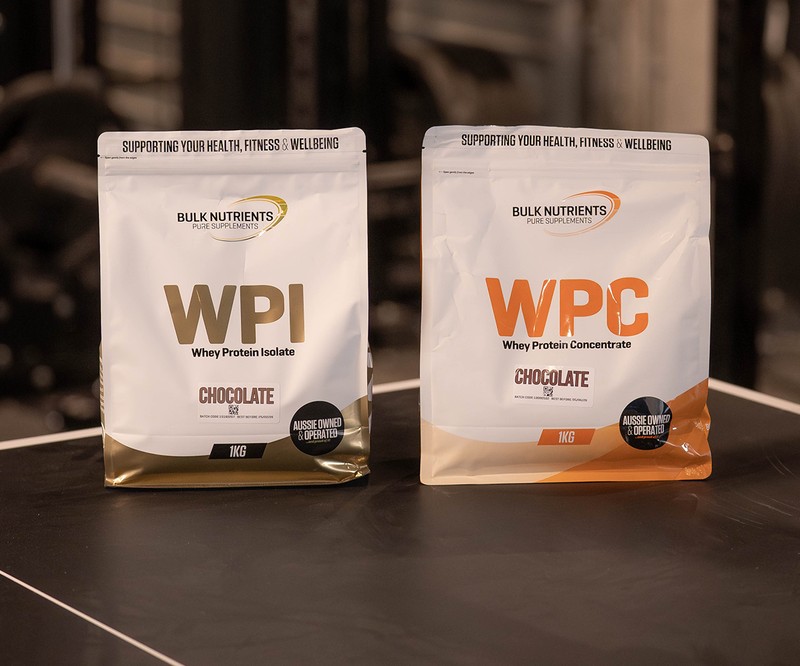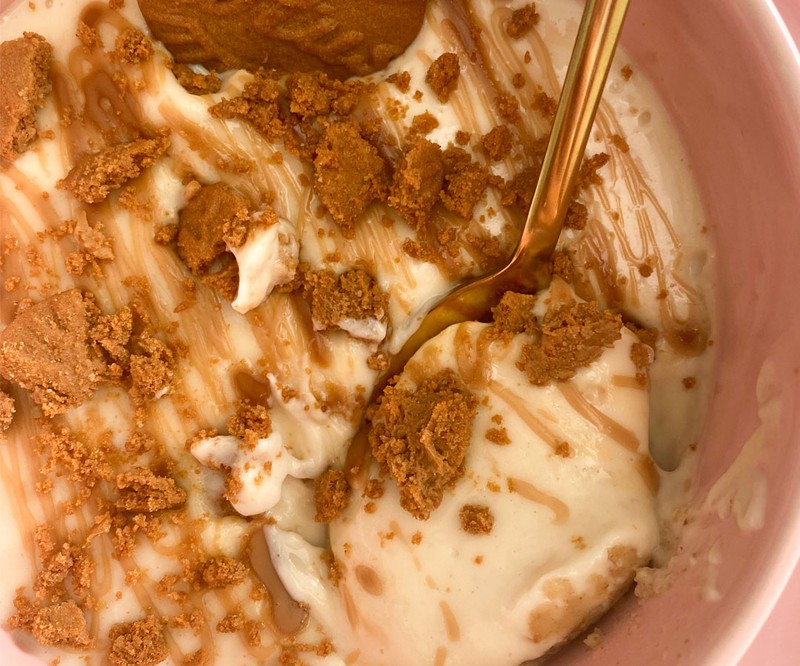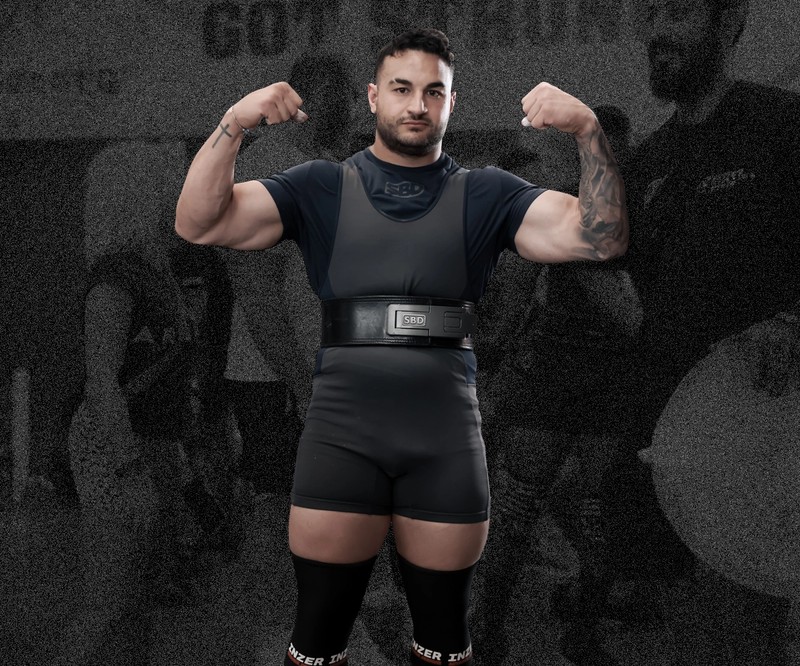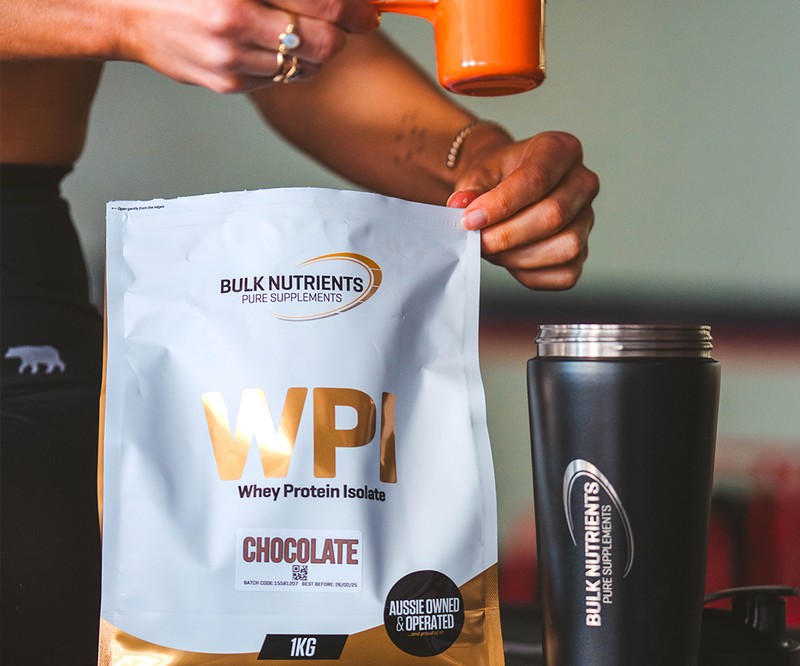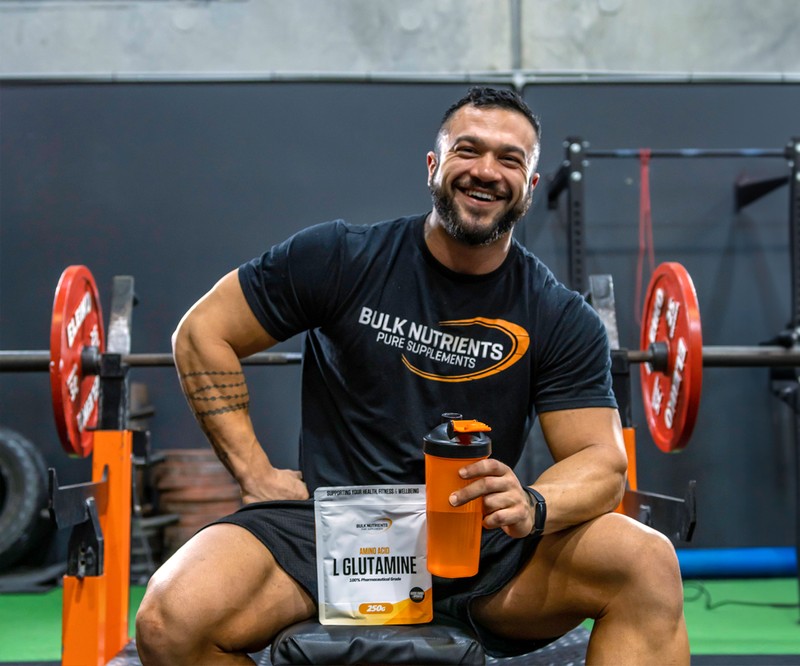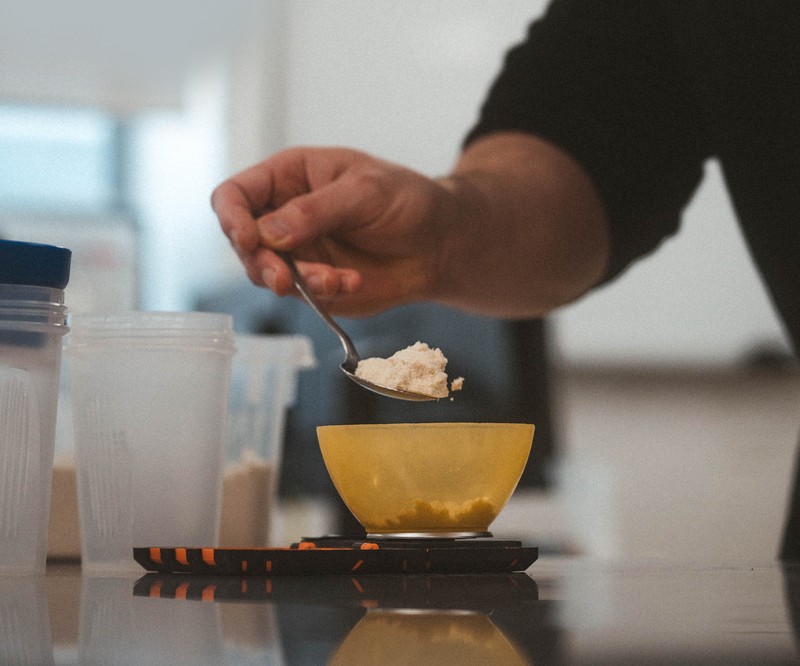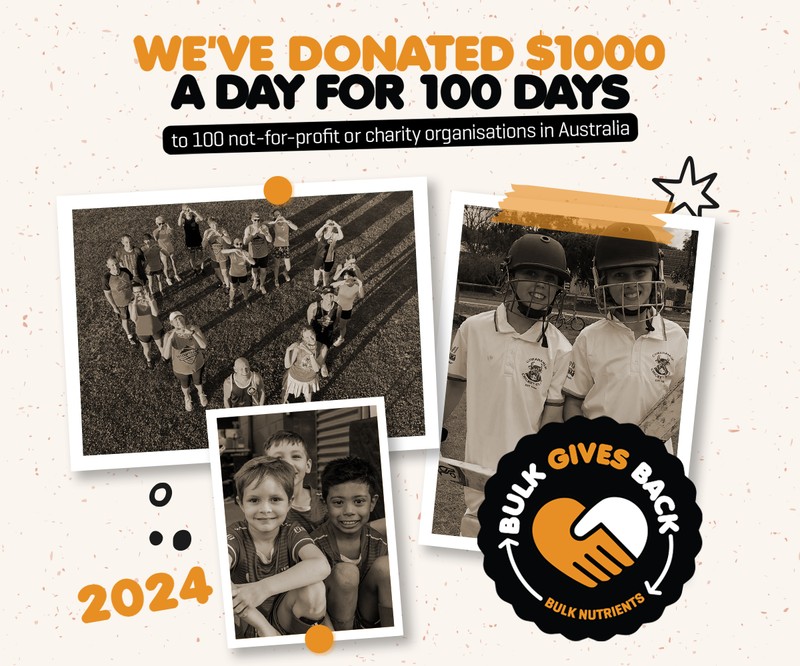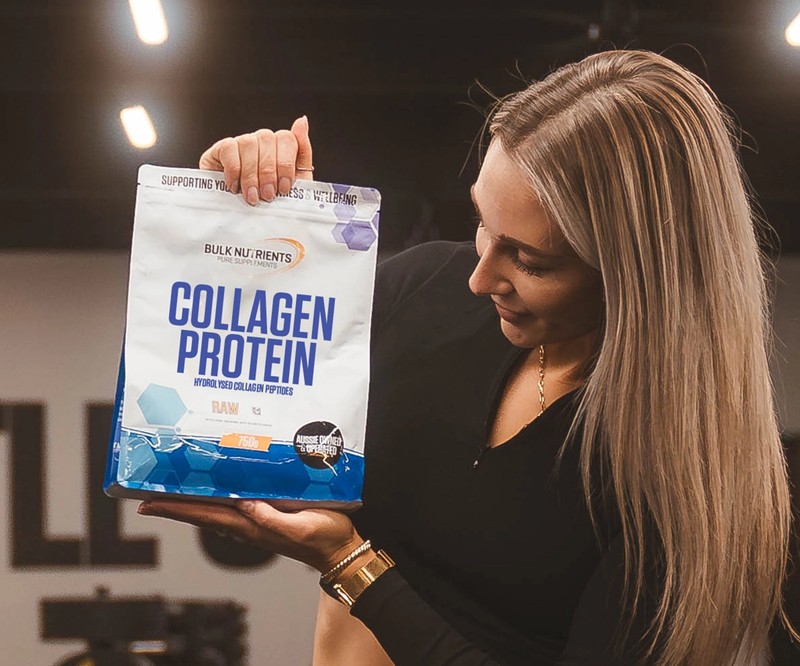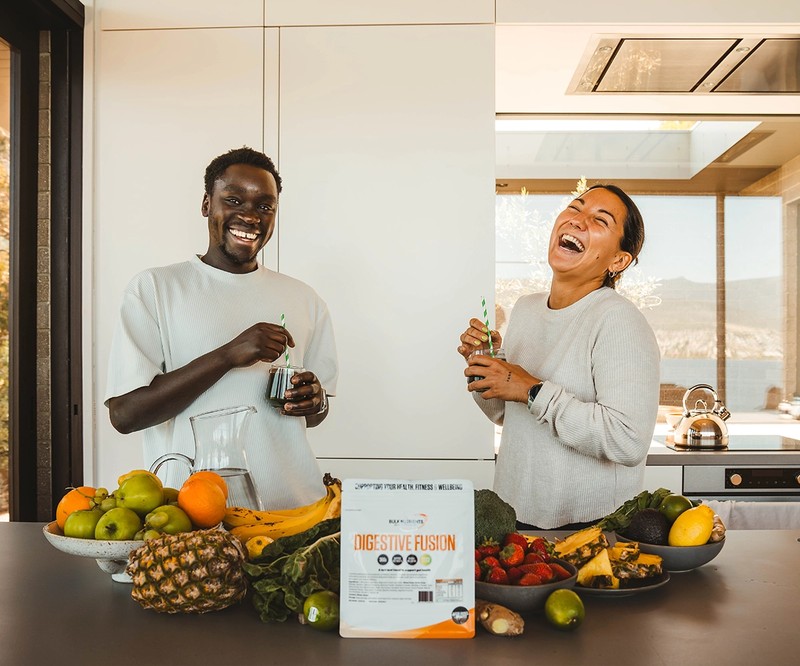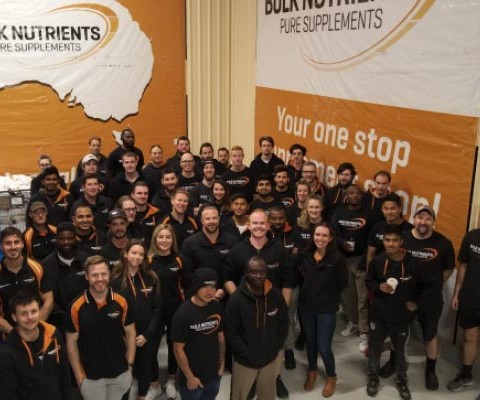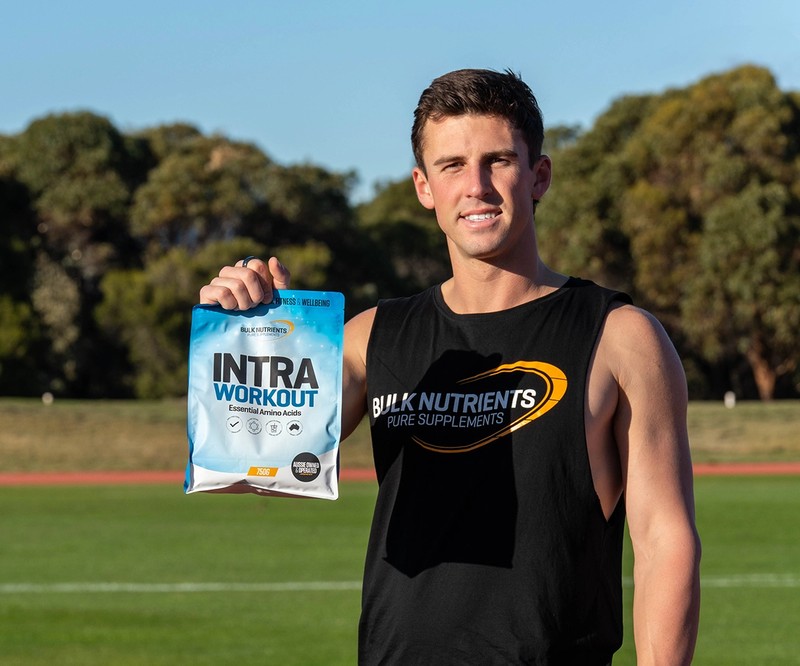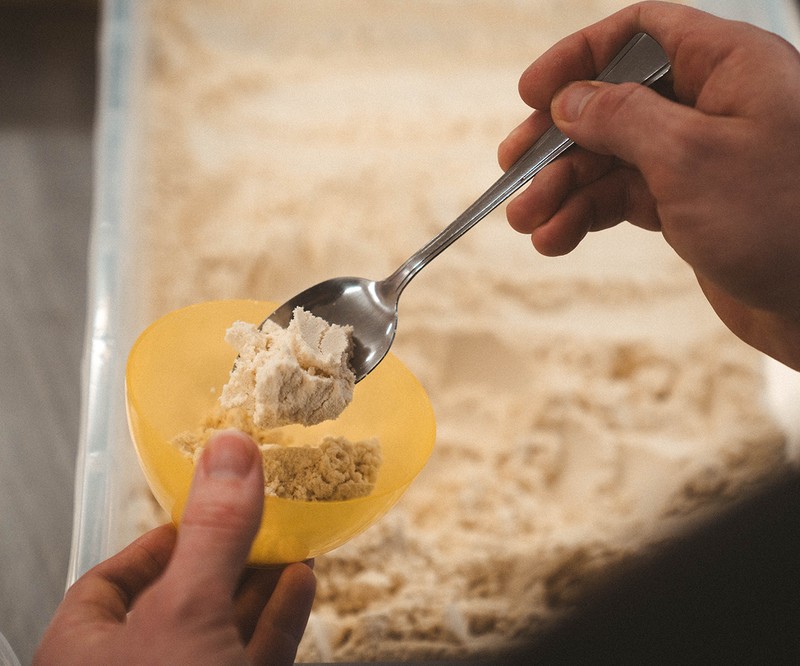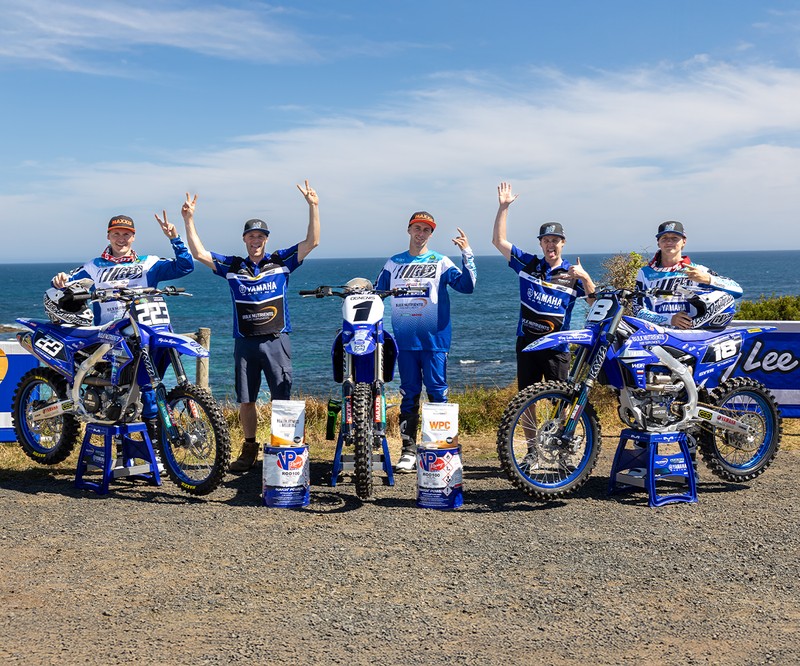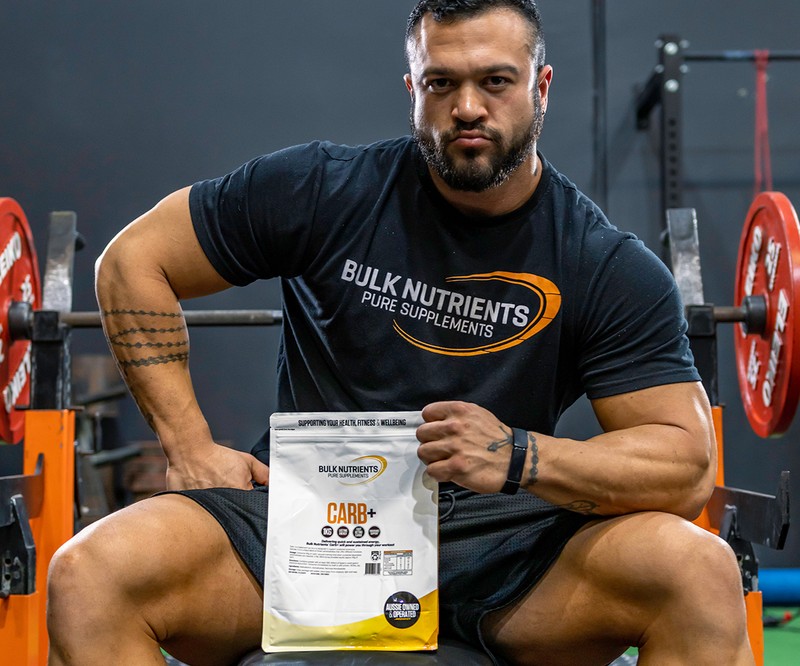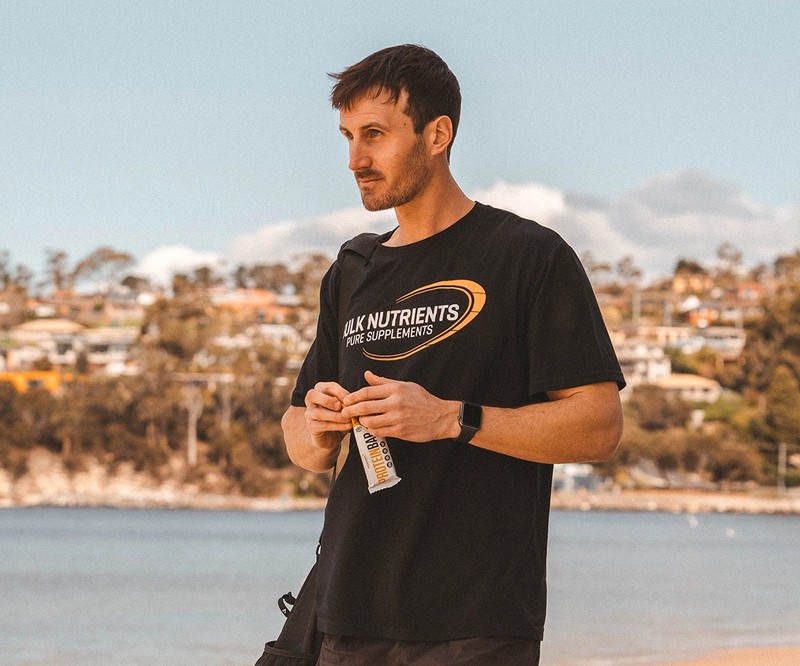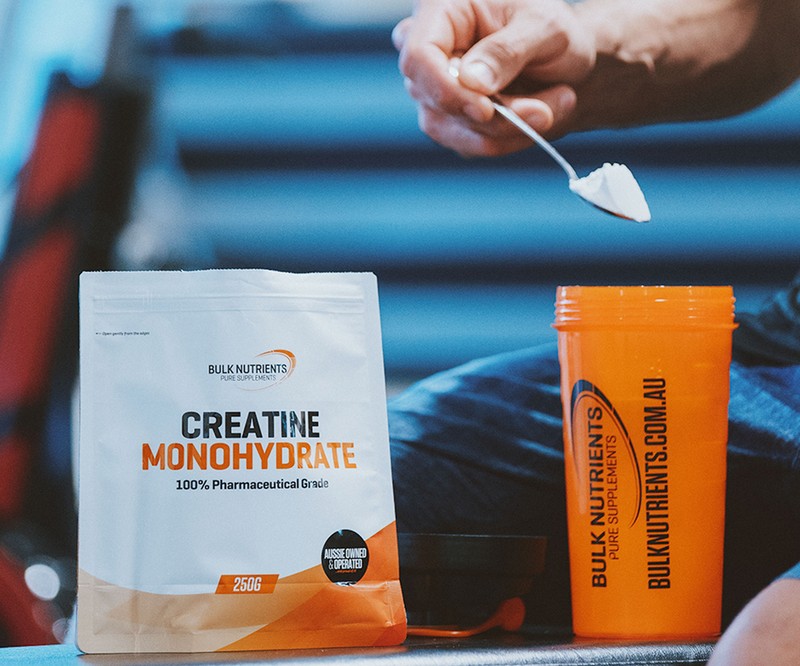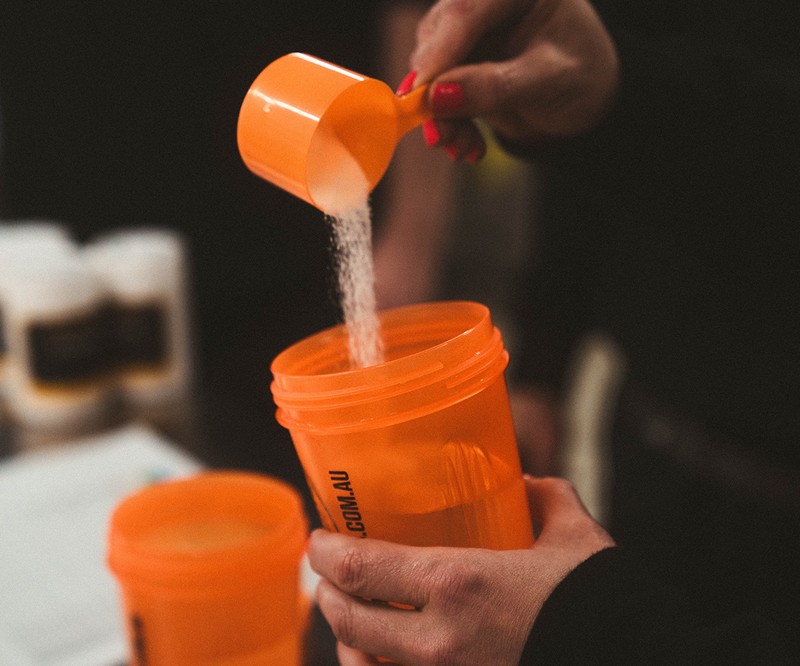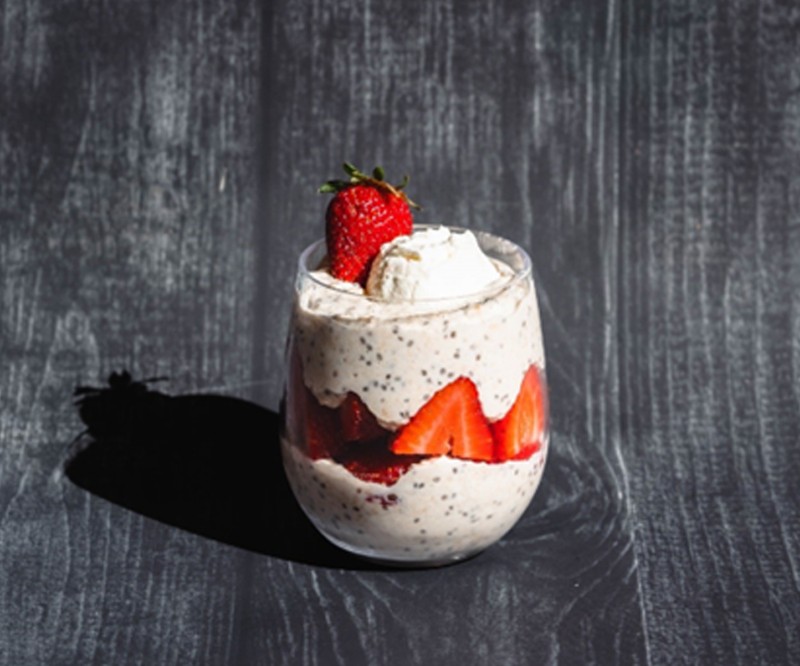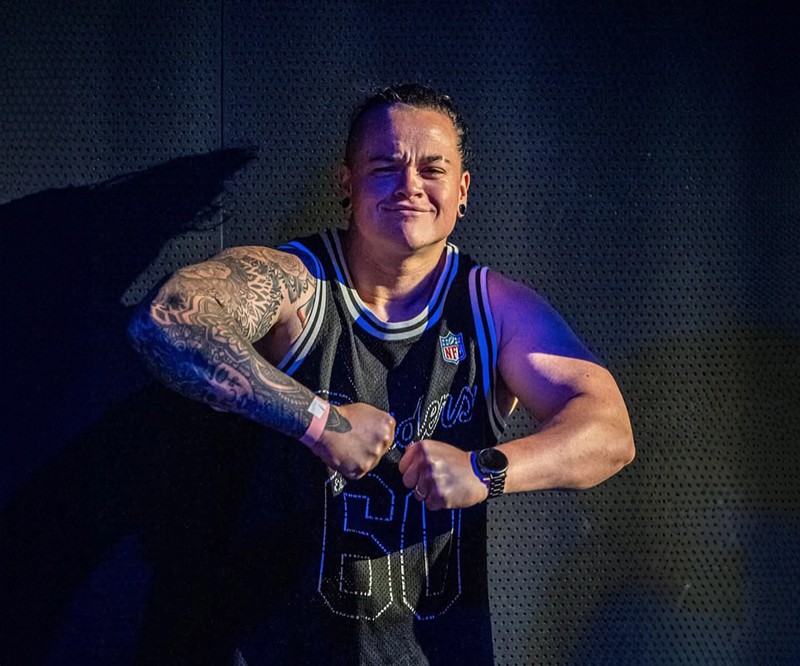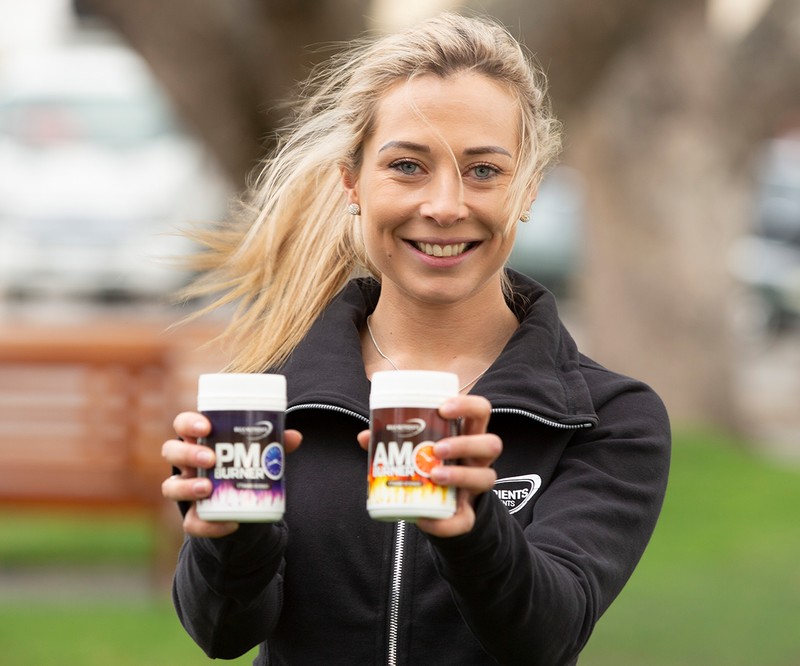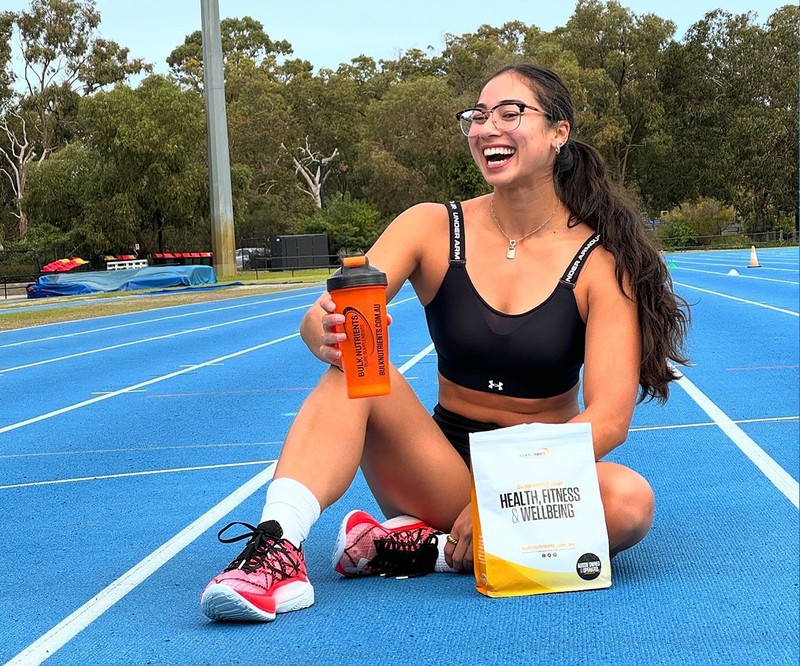A Complete Guide on How to Grow Bigger Forearms
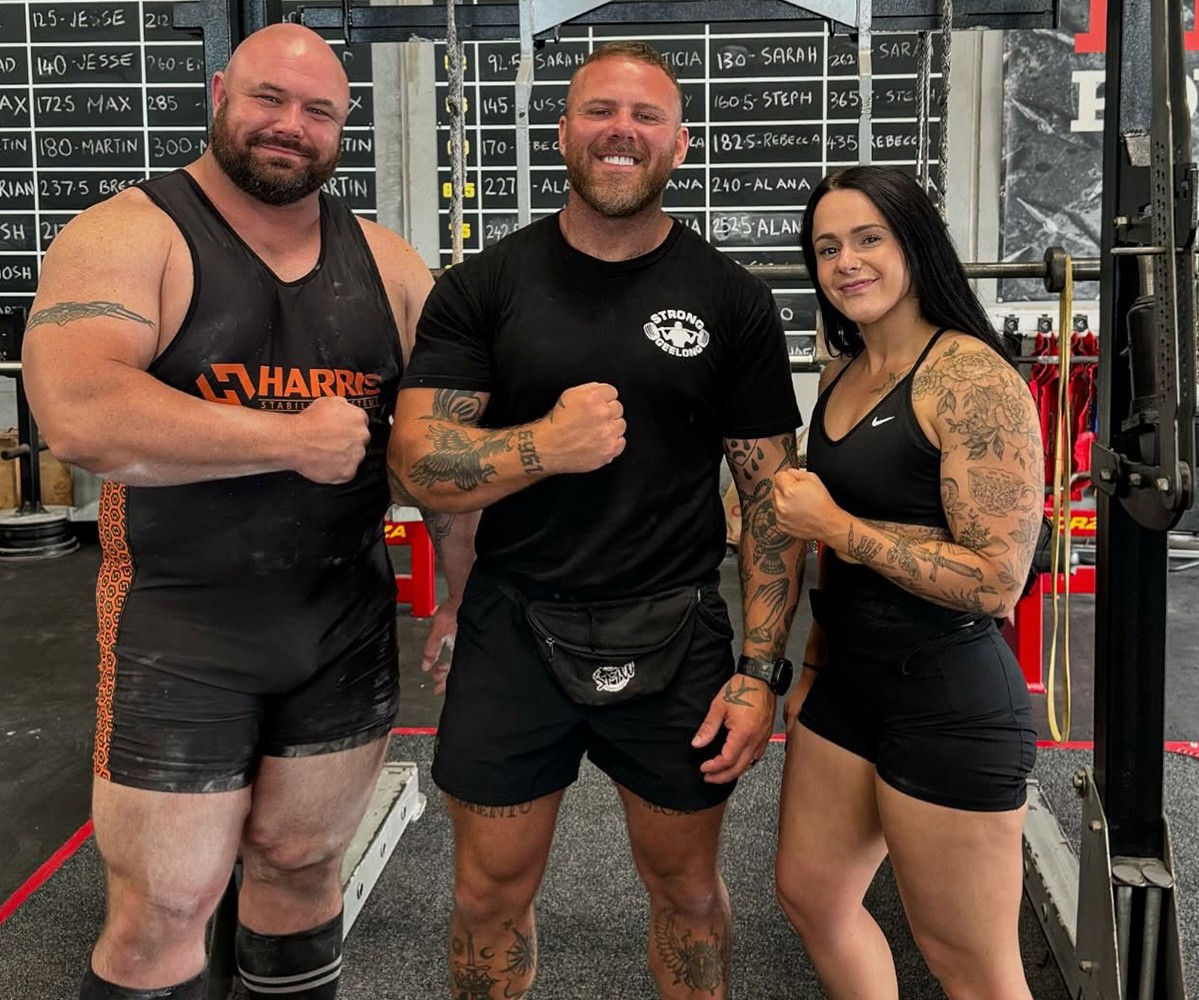
Why Should You Grow Your Forearms?
Learning how to get bigger forearms doesn’t seem to be a top priority for many lifters, but it should be – stronger forearms not only look great but will help with other lifts.
Whether you’re working on your deadlift or looking to lift heavier with your legs, stronger forearms will guide you.
Exercises to Get Bigger Forearms
Done correctly, starting with a simple barbell hold is the key to growing bigger forearms.
Hold the bar for up to 20 seconds (or longer if you can!) with a challenging weight, and repeat.
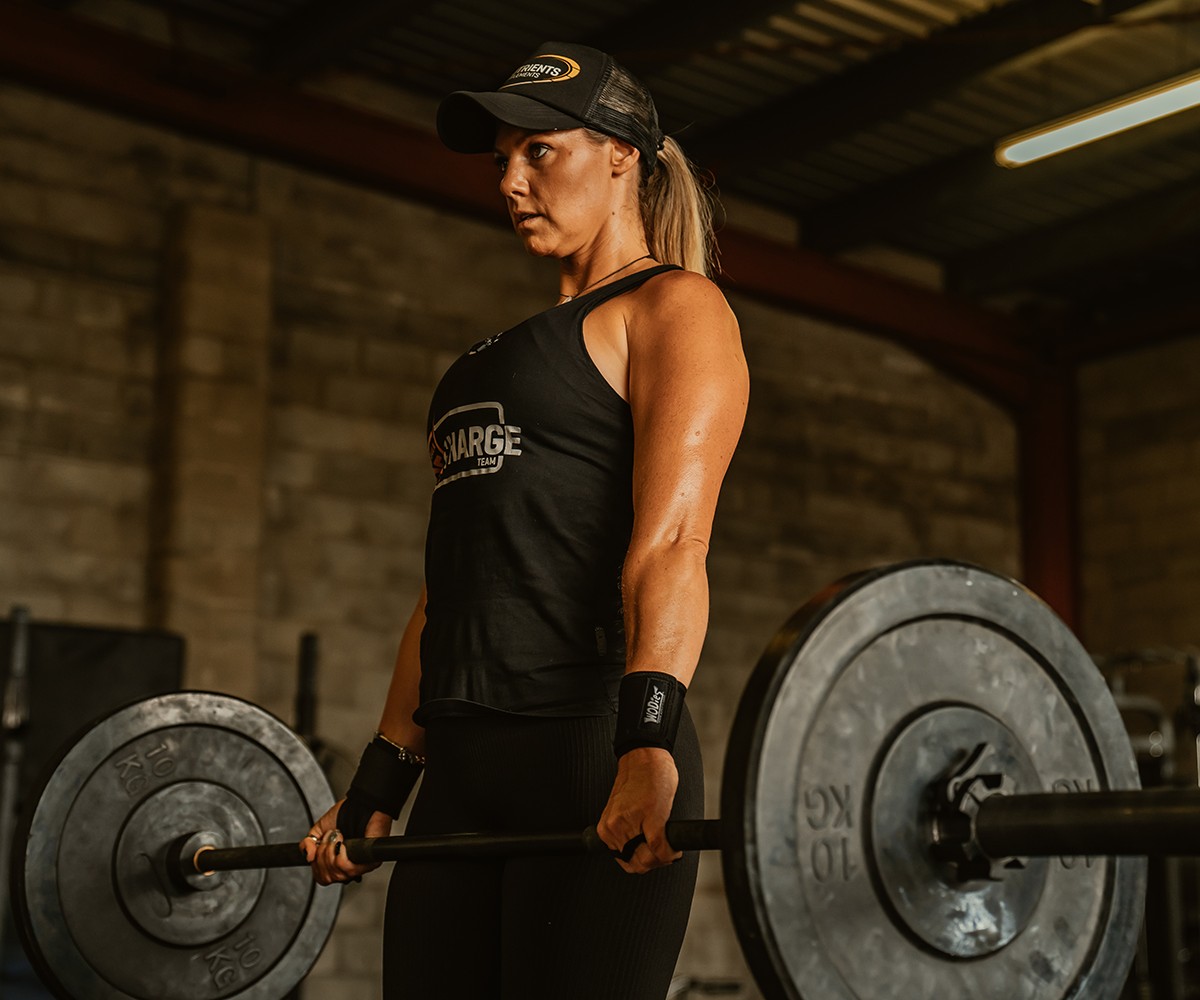
Ensure you rest for up to 2 minutes before starting another set. You’ll find your strength may increase from month to month as you get bigger forearms, so don’t be shy to load the bar up more and practice a progressive overload to help you grow!
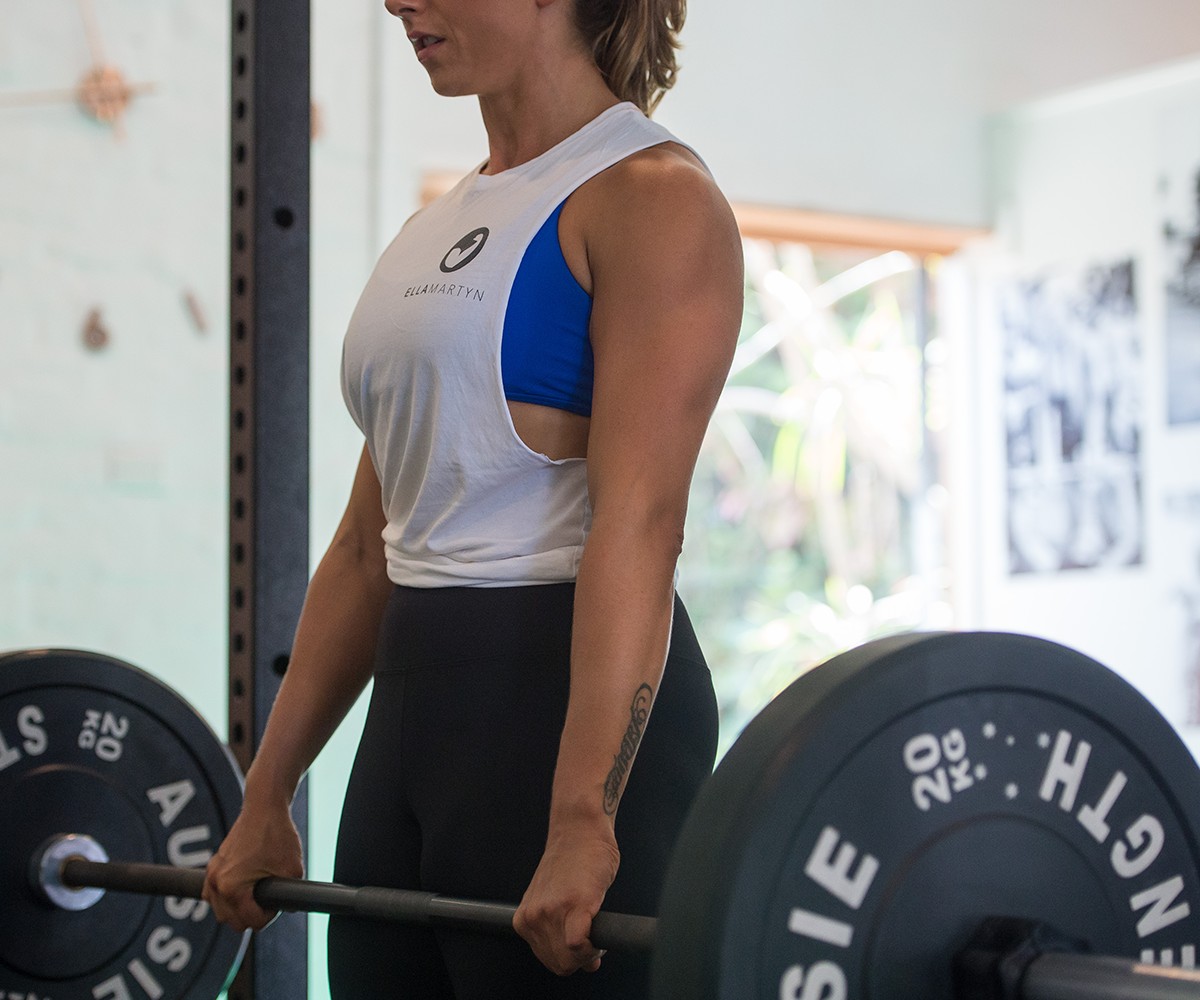
To build strength in your forearms, it’s important to choose a weight that challenges you, before walking 10-15 metres per step. Hint – you can lift much more weight than you think here.
Another great exercise to help get bigger forearms is a dumbbell farmer’s walk.
After walking you’ll find your forearms will get very tired, but that’s a sign that your muscles are starting to get stronger. You might want to consider bringing in a BCAA product to assist with recovery, to reduce downtime between workouts.
Hand Grip Can Help Grow Forearms
Another strategy to get bigger forearms is by training your hand grip.
Using a simple hand exerciser, as shown below, is a simple and efficient way of getting in reps – and can be completed even while sitting and watching TV!
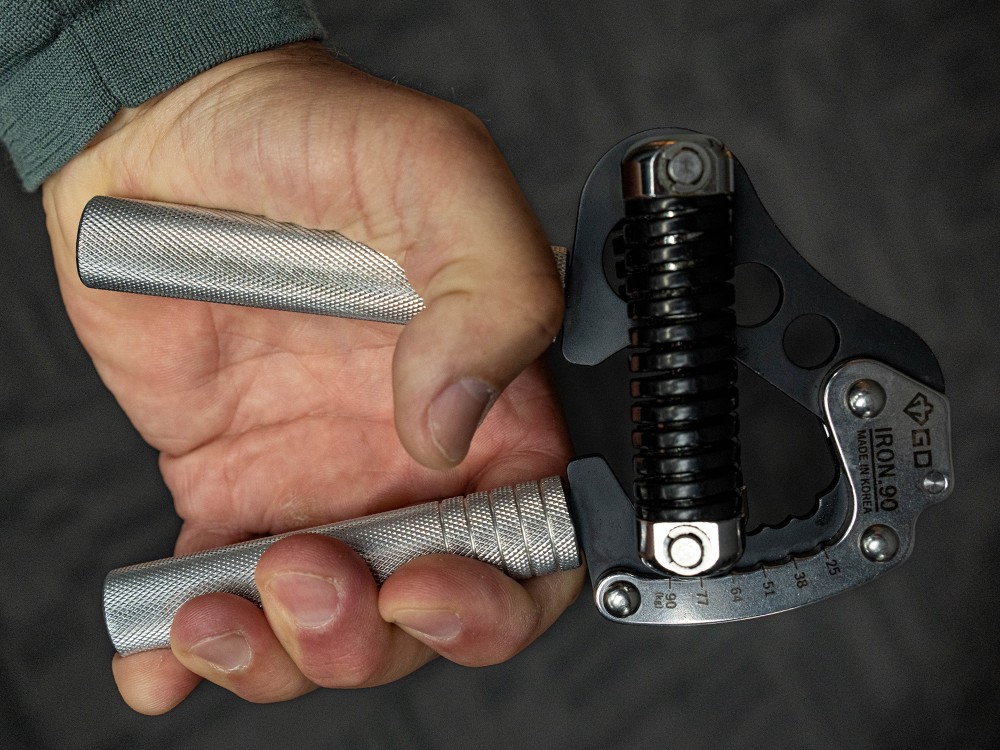
Simply squeeze the tool for around 10-12 steps, for 5 or 6 sets. Rest for 1 to 2 minutes between each set.
Plate pinchers are another great way to strengthen hand grip and get bigger forearms.
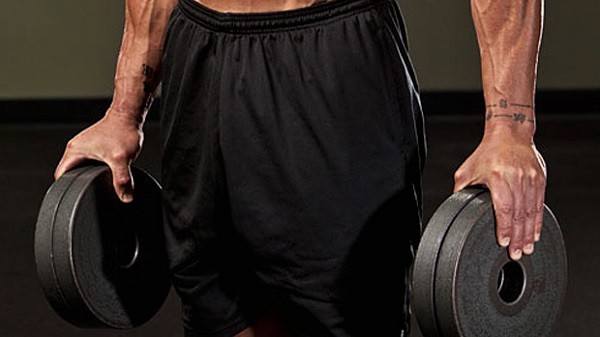
Once you can comfortably hold the plates for twenty seconds, grab another plate the same size and keep pinching.
Check out the sample workout routine below for building muscle and how to get bigger forearms below.
Ensure Proper Form and Technique
Take a look at the below forearm muscles workout, and learn how to get bigger forearms:
Plate Pinchers: 3 sets of 12-15 reps
- Start by grabbing two weight plates by the edges with your fingers.
- Squeeze the plate has hard as you can while keeping your wrist straight.
- Repeat for the specified number of reps, switch hands, and repeat.
Farmer’s Walks: 3 sets of 30-60 seconds
- Grab two heavy dumbbells or kettlebells and hold them at your sides.
- Walk forward for the specified amount of time, focusing on keeping a strong grip on the weights, and repeat.
Barbell Holds: 3 sets of 15-30 seconds
- Start with a weight loaded barbell on the ground.
- Grip the bar as tightly as possible and pick it up, keeping your arms straight.
- Hold the bar for the specified amount of time, focusing on maintaining a strong grip, and repeat.
Hand grip Squeezes: 3 sets of 12-15 reps
- Start by gripping the hand exerciser with your fingers.
- Squeeze as hard as you can for the specified number of reps.
- Continue for the number of sets, switch hands and repeat.
How to Get Bigger Forearms With Progressive Overload
So, with a solid workout routine that targets getting bigger forearms, it’s important to look at the principle of progressive overload, which directly drives muscle growth. Simply, it’s about increasing the workload for your muscles beyond what they’re currently used to.
For example, bench pressing 100 kilograms last week and 105 kilograms this week is a progressive overload in action.
Research shows we can practice progressive overload in the following four ways:
- Increasing the amount of weight we lift
- Increasing the training volume by increasing the number of reps, sets, or exercises performed
- Altering rest periods
- Increasing rep speed during lighter loads
Additional research suggests increasing the weight we lift is the most popular progressive overload method.
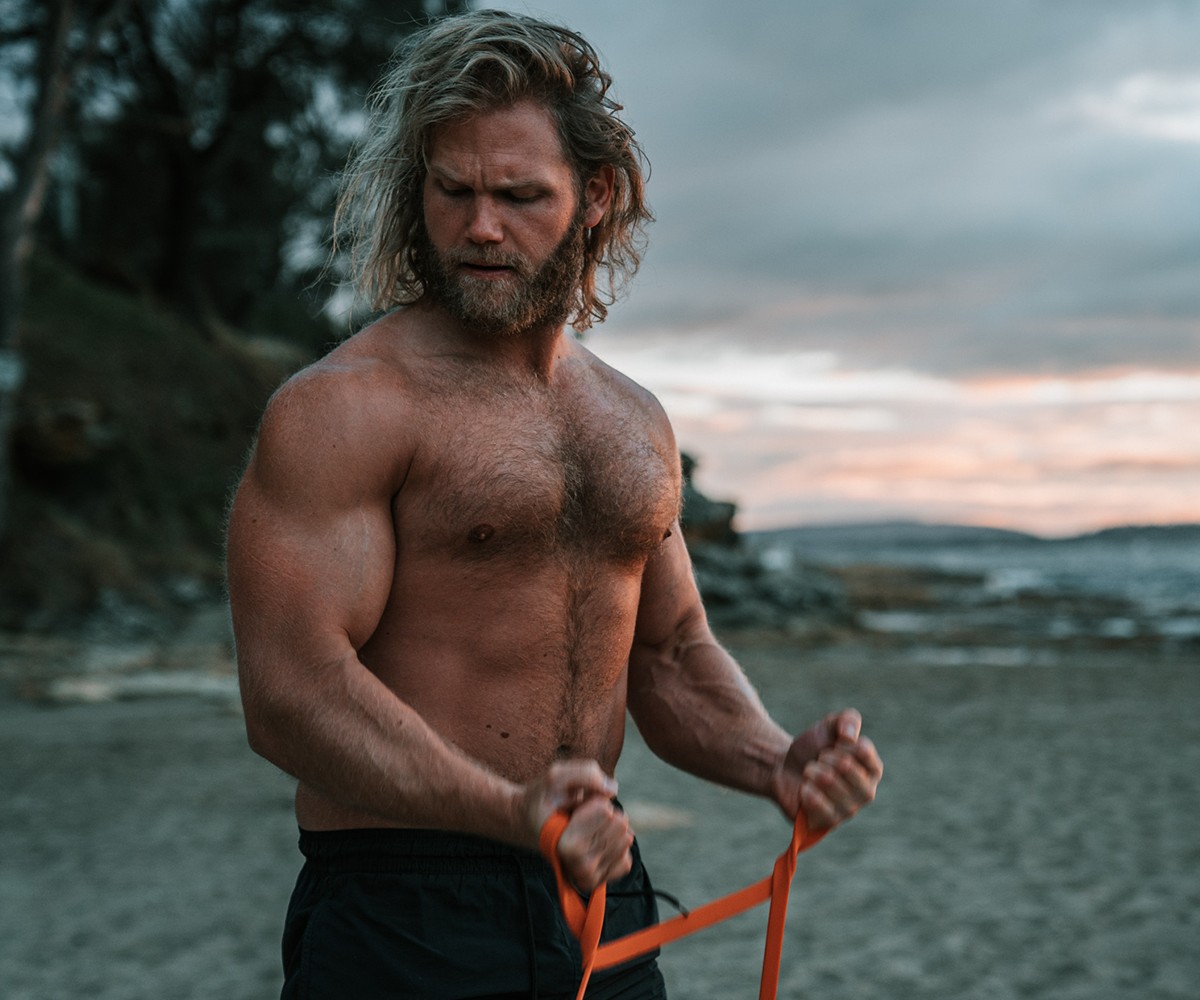
Recovery and Nutrition to Get Bigger Forearms
There’s no point training without the proper nutrition and recovery to guide your journey.
How to get bigger forearms comes down to completing the above exercises consistently, with adequate sleep and nutrition.
So to get this right and ensure you’re successful in getting bigger forearms, here are seven tips:
- Adequate sleep: Get at least 7-8 hours of quality sleep each night to support muscle growth and repair.
- Active recovery: Engage in low-impact activities like yoga, stretching, or foam rolling to help improve circulation and reduce muscle soreness.
- Hydration: Stay hydrated by drinking plenty of water throughout the day to support muscle function and reduce inflammation.
- Protein intake: Consume enough protein, such as chicken, fish, dairy, eggs, beans and supplements, to support muscle repair and growth. Aim for 1.5-2 grams per kilogram of bodyweight per day.
- Carbohydrates: Incorporate carbohydrates in your diet to provide energy for workouts.
- Fats: Consume fats, such as avocados, nuts, and olive oil to support hormone production.
- Supplements: If you’re not getting enough from your diet to support muscle growth and recovery, consider taking supplements like creatine, beta-alanine, and protein powder.
This won’t only show you how to get bigger forearms, but your increased strength will also give you many other benefits, including:
- Improved grip strength: Strong forearms allow you to grip the barbell or weights more effectively, allowing you to lift heavier weights and perform more reps. This can translate to improved strength in deadlifts, rows and pull-ups.
- Increased stability: Strong forearms help stabilise the wrist joint during exercises like bench presses, overhead presses, and push-ups. This increased stability can reduce the risk of wrist injuries and improve the overall quality of your lifts.
- Improved wrist flexibility: Stronger forearms can also improve wrist flexibility, which is important for movements like Olympic weightlifting, where proper wrist positioning is crucial for success.
- Better control: Improved forearm strength can lead to better control of the weights during exercises like curls, which can help increase muscle activation and lead to better results.
The Anatomy of a Strong Forearm
The two main categories we need to divide our forearm muscles into are the flexors and the extensors.
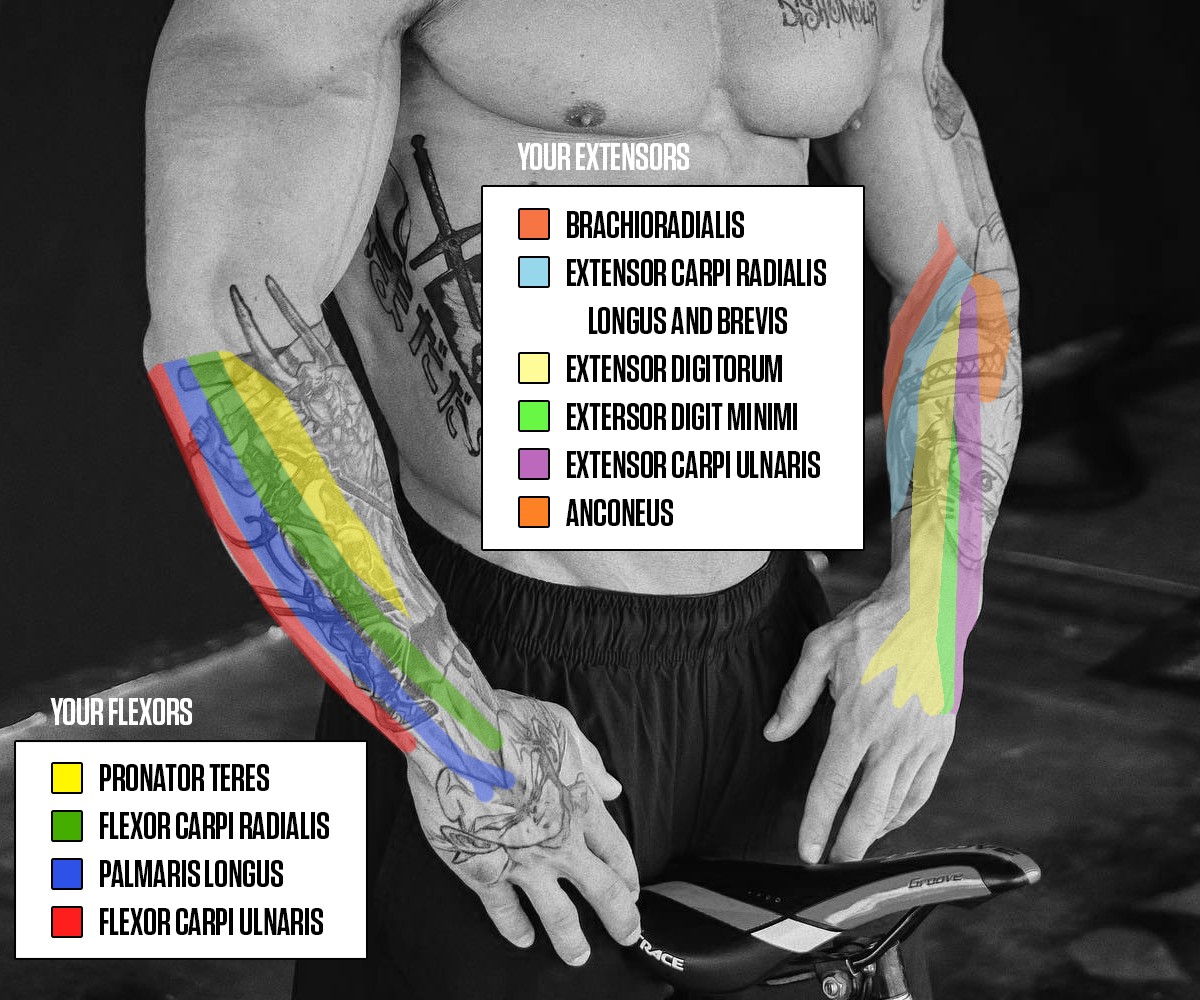
As you can see, your forearm is a complex area that contains several muscles, tendons, and bones that work together to allow for movement and stability in the wrist and hand.
And as mentioned, the muscles in your human forearm can be grouped into two categories: the flexors and the extensors. The flexors are located on the anterior (palm side) of the forearm and are responsible for wrist and finger flexion. The main flexor muscles include:
- Biceps brachii
- Brachialis
- Pronator teres
- Flexor carpi radialis
- Flexor carpi ulnaris
- Palmaris longus
The extensors are located on the forearm's posterior (back of the hand ) and are responsible for wrist and finger extension. The main extensor muscles include:
- Triceps brachii
- Anconeus
- Supinator
- Extensor carpi radialis longus
- Extensor carpi radialis brevis
- Extensor carpi ulnaris
These muscles work together to produce complex movements such as gripping, holding, and manipulating objects. Understanding them is the key to getting bigger forearms!
Our flexors are used for flexing our fingers and wrist (bending) whilst the extensors are obviously for extending. And when we perform something like tricep pushdowns with our palms facing down, in what's called a pronated grip; our flexors are responsible for that getting our hands into that position.
Our extensors are responsible for keeping our palms facing up in a supinated grip when we do things like barbell curls, and how much forearm training we need depends on several factors, mainly genetics.
If you’re naturally born with large, strong forearms, training them doesn't seem to make much sense, as they get worked when we train our back, shoulders, arms, and chest heavily. But for the rest of us, we need to perform an effective forearm muscles workout.
Wrapping Up
In conclusion, barbell holds, farmer’s walks, plate pinchers and hand grips will help you get bigger forearms.
Developing strong forearms is an important aspect of your lifting program, as they increase stability, enhance wrist flexibility, and provide better control during other lifts.
By following the tips outlined above, such as proper form, progressive overload, and adequate recovery, you can master how to grow forearms and get stronger forearms.
Improving your forearm strength can also positively impact your performance in other lifts, making it an essential component of an overall successful gym routine.
All the best with your forearm growth! 💪💪
References:
- Goldberg AL, Etlinger JD, Goldspink DF, Jablecki C. Mechanism of work-induced hypertrophy of skeletal muscle. Med Sci Sports. 1975 Fall;7(3):185-98. PMID: 128681.
- Lorenz DS, Reiman MP, Walker JC. Periodization: current review and suggested implementation for athletic rehabilitation. Sports Health. 2010;2(6):509-518. doi:10.1177/1941738110375910
Related Blogs
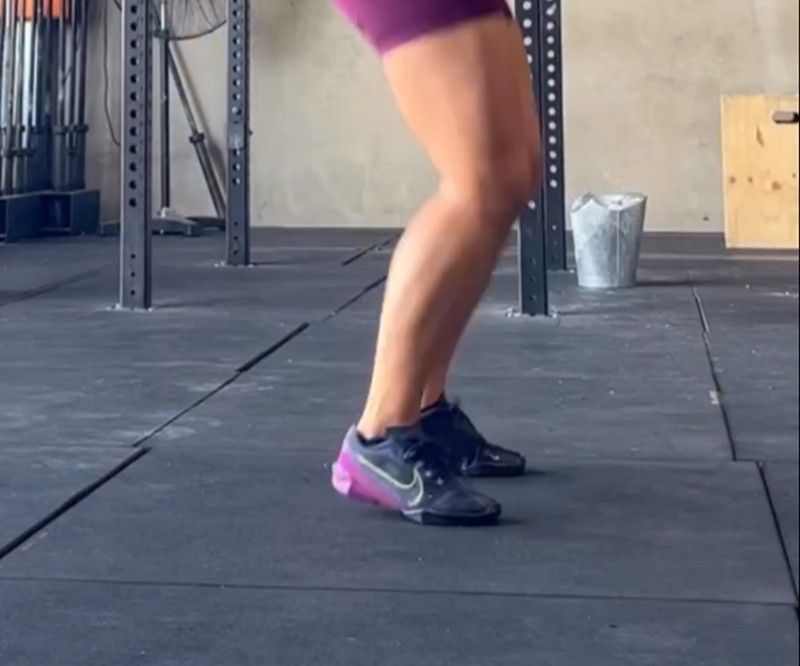
How to Make Your Calves Grow
Posted by Bulk Nutrients
Estimated reading time: 4 minutes
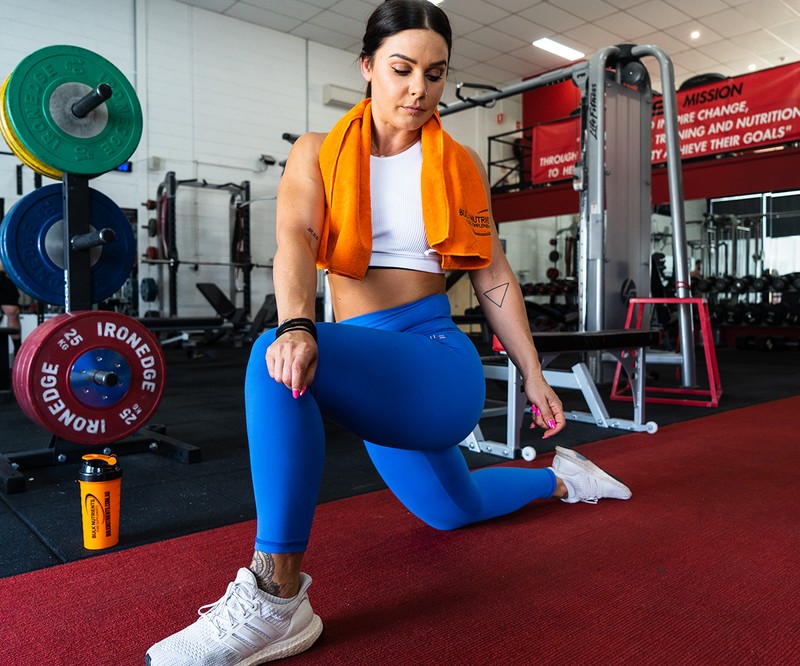
Does Stretching in Between Sets Help Us Grow More Muscle?
Posted by Bulk Nutrients
Estimated reading time: 5 minutes

Supplementation for Climbers
Posted by Bulk Nutrients
Estimated reading time: 7 minutes
